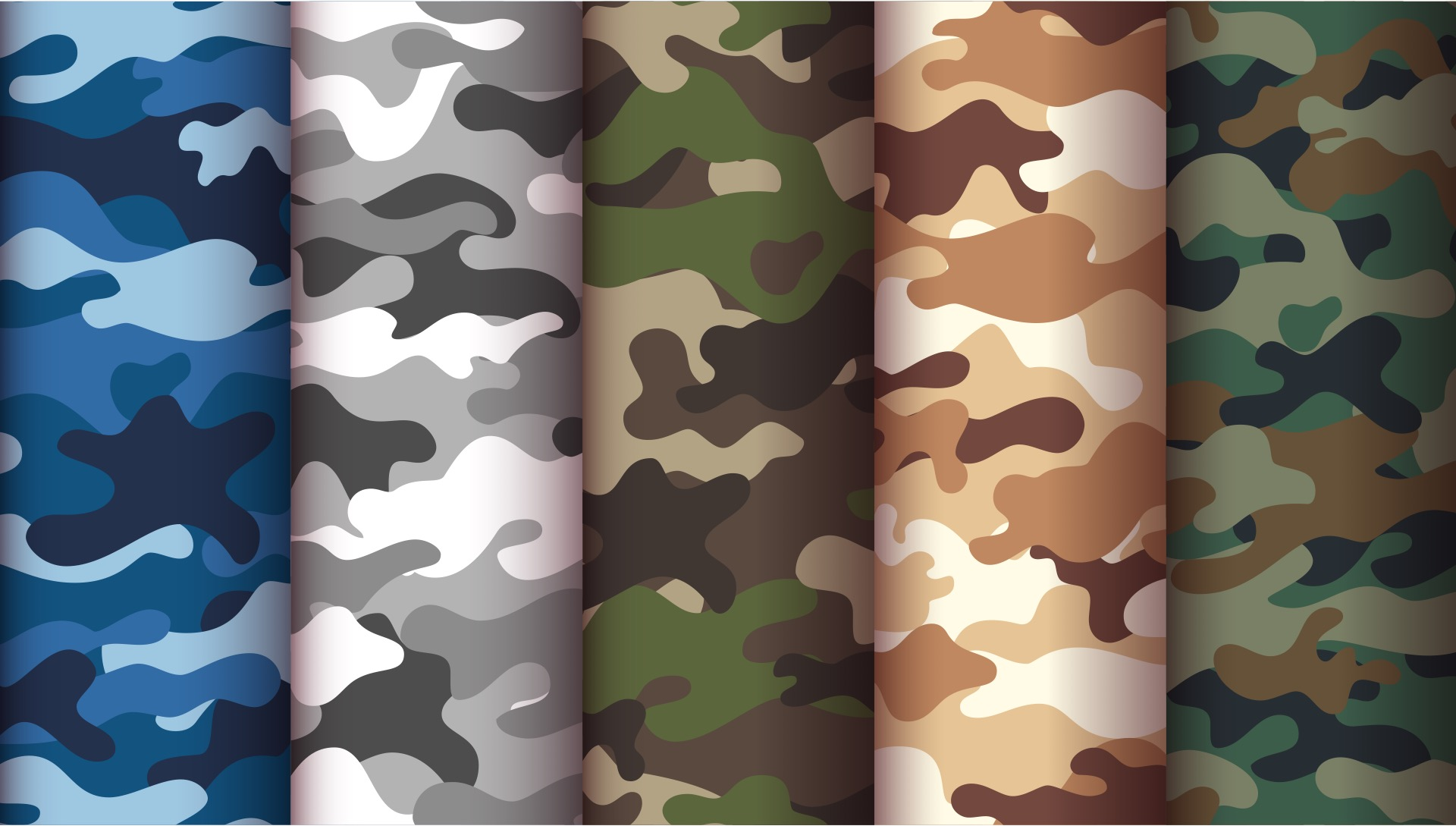Military clothing typically uses special designs and high-performance fabrics to meet the needs of soldiers in various environments and missions. Here are some common fabrics used in military clothing:
Nylon: Nylon is a lightweight, durable synthetic fiber material commonly used in the outer layer of military garments. It has high strength and tear resistance, as well as fast-drying, durability, and waterproof properties.
Polyester: Polyester is a synthetic fiber material known for its excellent abrasion resistance and colorfastness. It is often used in the lining or blended fabrics of military clothing to provide a comfortable feel and good moisture-wicking properties.
High-performance fibers: Military clothing often incorporates high-performance fibers such as Kevlar and Nomex. Kevlar is a high-strength and flame-resistant material used in the production of body armor, helmets, and protective gear. Nomex is a fire-resistant fiber commonly used in the production of firefighting suits and pilot clothing.
GORE-TEX: GORE-TEX is a well-known waterproof and breathable fabric used in the production of military jackets, boots, and other equipment. It provides excellent waterproof performance while allowing moisture vapor to escape, keeping the body dry.
Ripstop fabric: Ripstop fabric is a lightweight and tear-resistant textile commonly used in military camouflage uniforms and tactical gear. It features a grid-like structure that prevents tears from spreading further if the fabric is damaged.

These fabrics are carefully selected and designed for military clothing to provide durability, protection, comfort, and adaptability to various environmental conditions. Different countries and military branches may use different combinations of fabrics to meet their specific needs and requirements.
Military clothing fabrics need to possess the following characteristics to meet the needs of soldiers in various environments and missions:
Abrasion resistance: Military clothing needs to withstand long periods of high-intensity use, so the fabric must have excellent abrasion resistance to withstand friction and physical damage.
Tear resistance: In combat and outdoor environments, military clothing may be subjected to pulling and tearing forces, so the fabric needs to have good tear resistance to ensure the integrity of the garment and protect the soldier's safety.
Flame resistance: Military clothing fabrics should have good flame resistance to withstand high temperatures, open flames, and fire hazards. This reduces the risk of injury to soldiers near fires, explosions, or other sources of ignition.
Waterproofness: Military clothing fabrics typically need to be waterproof to keep soldiers dry and comfortable in wet and harsh weather conditions. Waterproof fabrics effectively prevent the penetration of rainwater and avoid garment saturation.
Breathability: Military clothing needs to have good breathability to allow the evacuation of sweat and moisture generated by the body, keeping the body dry and comfortable. Breathable fabrics promote air circulation, improving the wearer's comfort.
Quick-drying: Military clothing fabrics should have the ability to quickly absorb and expel moisture for rapid drying. This is essential for soldiers operating in humid environments or for quick reuse of garments after washing.
Lightweight: Military clothing fabrics should be as lightweight as possible to reduce the burden on soldiers and improve their freedom of movement and agility.
Camouflage properties: Military clothing fabrics often need to have camouflage properties to effectively conceal soldiers in different terrains and environments. Camouflage fabrics typically feature special patterns and color combinations to help soldiers blend into the background.
These characteristics may vary depending on different military applications and mission requirements, so the selection and design of military clothing fabrics is a complex process that considers multiple factors.